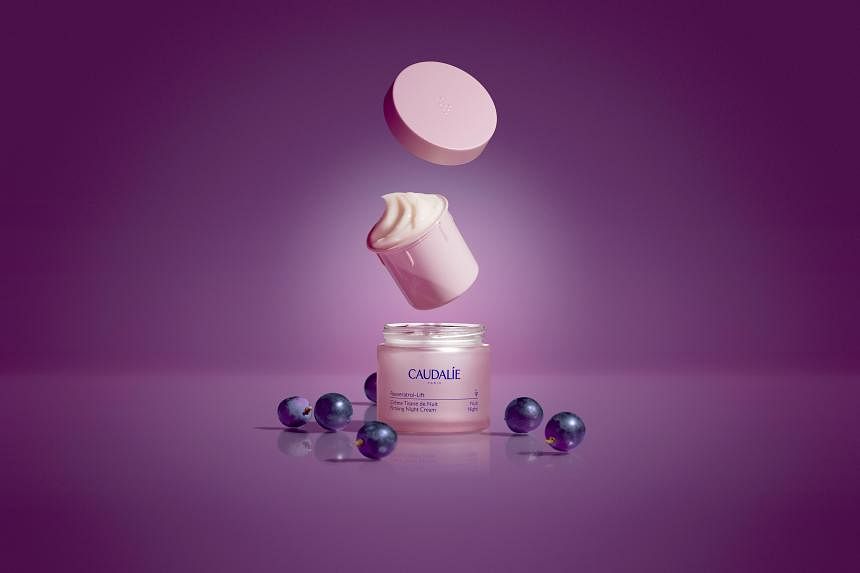SINGAPORE – It has been a year rife with packaging innovations in the beauty industry.
Brands and manufacturers are answering the call of consumers seeking more sustainable packaging options for their purchases.
Refillable products in particular, an emerging trend at the start of the Covid-19 pandemic, have now permeated the mainstream and are set to become not just a norm, but also an expectation.
American market research firm The NPD Group reported that in 2022, sales of make-up refills soared by 364 per cent.
In its 2023 Sustainable Beauty report, consumer intelligence company Nielsen IQ found that compostable and plastic-free products are driving dollar growth, while searches for refillable packaging have spiked.
The firm also reported that, in packaging, the beauty industry experienced a 64 per cent increase in searches for refillable options, impacting sectors such as colour cosmetics, deodorant and skincare.
To meet growing demand, a slew of exciting new refillable beauty products across all categories have hit the market in the past year alone. Brands embracing the trend include Cle de Peau (eyeshadow quads), Shiseido (essence), Dior Beauty (anti-ageing serum) and the fragrance lines from fashion houses Chloe, Prada and Burberry.
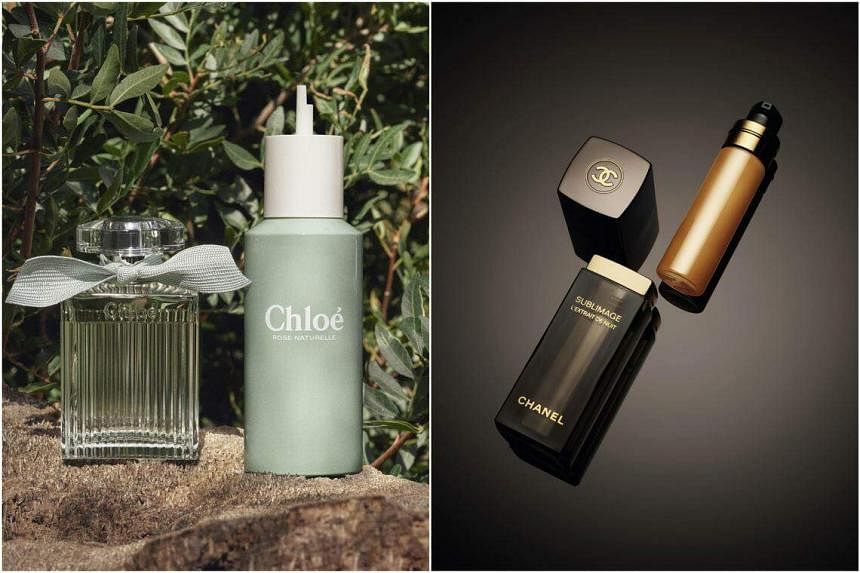
Chanel Beauty has been on a roll, developing refills for its lipsticks, cushion foundation and its most premium skincare range, Sublimage.
But as the concept becomes more pervasive, some – mostly prestige brands – have begun charging exorbitant prices for refillable products marketed as collectibles.
Earlier in 2023, fragrance house Diptyque launched its first refillable candle, Les Mondes de Diptyque, at $378 each. In beautiful, weighty glass vessels that recall the brand’s oval symbol, the candles can be refilled with fresh blocks for $176 apiece.
South Korean beauty brand Sulwhasoo debuted The Ultimate S Cream ($600 for 60ml), an anti-ageing moisturiser in a container paying homage to the traditional Korean moon jar, a white porcelain made during the Joseon Dynasty.
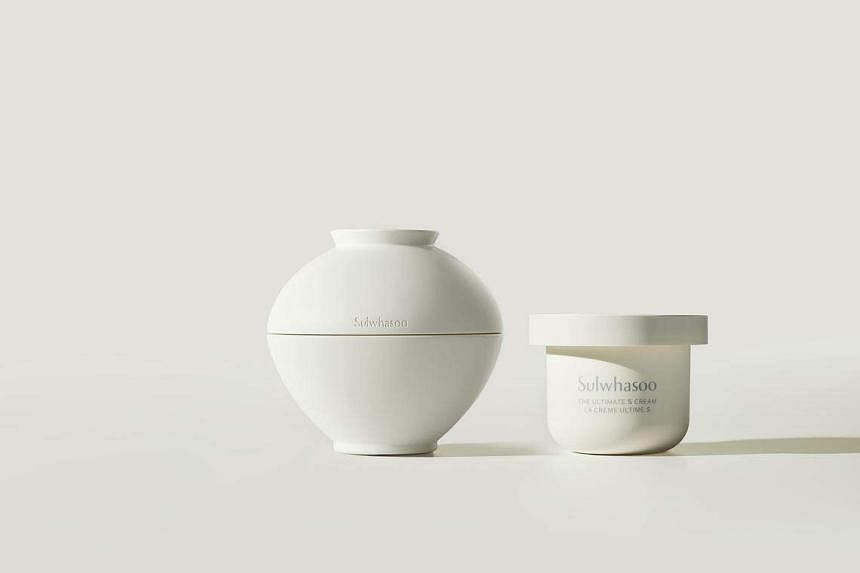
Compared with the original product’s jar, buying a 60ml refill ($540) is said to reduce plastic usage by 52 per cent.
And outdoing itself, Chanel released its most expensive lipstick – the 31 Le Rouge ($223), in luxurious glass cases inspired by the mirror-lined staircase at the brand’s Paris flagship.
The lipstick was designed as an heirloom that can be kept and passed down generations. Refills are $100 each.
So, this begs the question: Refillable, but at what cost?
While many of these items often have a specific target audience, it has raised the question of accessibility. Positioned almost like luxury home decor objects or collector’s items, these beauty products can be out of reach for everyday consumers.
Mr Jean-Christophe Samyn, general manager of South-east Asia and Pacific at Caudalie, believes refillable products should be accessible to everyone.
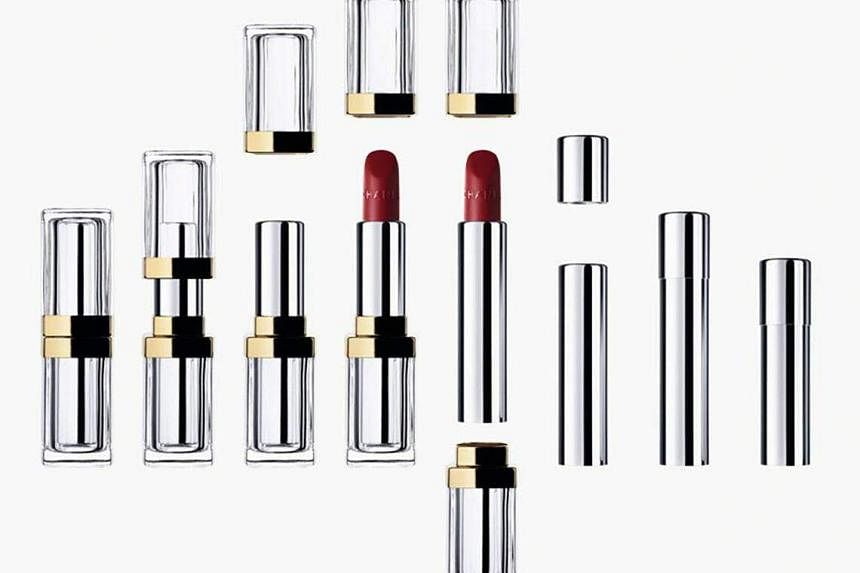
In a bid to become a zero-waste company and remove plastic from all its packaging, the French skincare brand hired a team of green packaging engineers to overhaul its packaging in favour of materials that are recycled, recyclable and refillable.
At the start of 2023, it introduced its first refillable product: the Premier Cru Cream ($165). Caudalie claims that buying a refill ($135) after the initial purchase helps to save 85 per cent of packaging – saving 100 per cent on glass, 66 per cent on plastic and 33 per cent on paper.
It also translates to 18 per cent cost savings for the consumer, says Mr Samyn. “Refillable products should in fact be less expensive to give consumers that little extra incentive to try refills.”
Response has been encouraging, he adds. For that product, one in four creams are sold in refill size. In Europe, 30 per cent of the sales of the Premier Cru line are refills.
Caudalie will launch reformulated creams from its Resveratrol-Lift range – with redesigned, refillable jars in January.
“Refillable packaging used to be very confidential in Europe 10 years back, but has now become a well-established mainstream format. Consumers are expecting this from all brands,” says Mr Samyn.
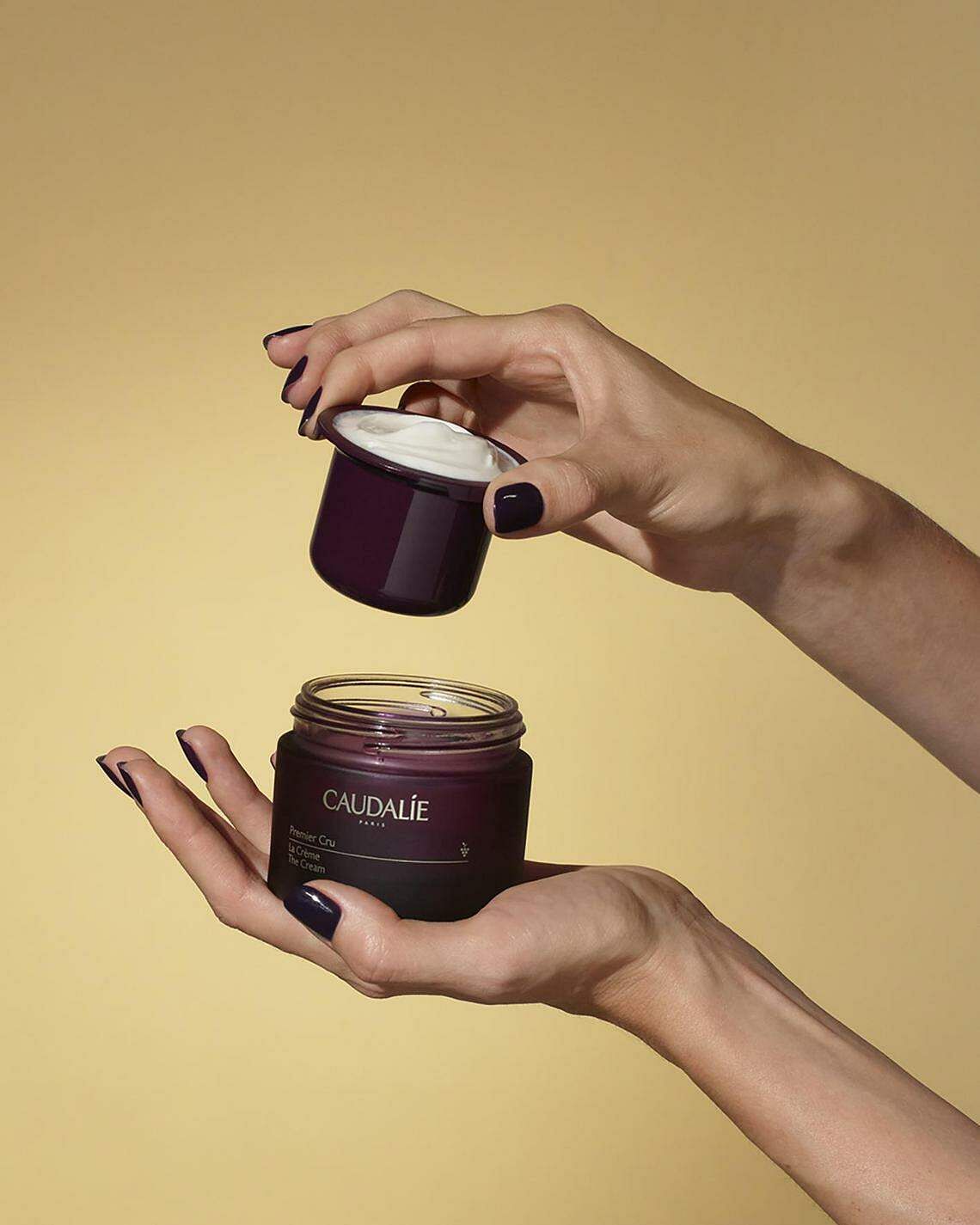
“The more options consumers have, the more they will give refillable products a try. We believe all brands have a responsibility to reduce their carbon footprint and cut down on plastic consumption, no matter if you are a luxury, mid-range, or mass-market brand.”
Creating refillable packaging is a costly, but necessary, investment, notes Ms Christine Chang, co-founder of American beauty brand Glow Recipe.
The indie brand is revamping the packaging for one of its first products, the Watermelon Glow Pink Juice Moisturizer, which will relaunch in February in a new format with refill pods made with 95 per cent post-consumer recycled plastic.
Compared with the original single-use moisturiser, the refillable component is said to generate 59 per cent less carbon emissions and 51 per cent less waste. Each time a refill is purchased, it helps reduce 66 per cent of carbon emissions and 85 per cent of waste, says Ms Chang.
“It’s a big undertaking to take an existing product and repackage it as a new refillable offering. There are costs involved with creating new moulds, stability testing, and merchandising the new launch with retailers. We wanted to ensure that over time, it was less expensive for our community to repurchase refill pods than buying a whole new jar.”
Other challenges that rack up development costs include designing visually appealing containers that “still look great on your shelf or vanity” – as containers that fit refills can be bulkier, she adds.
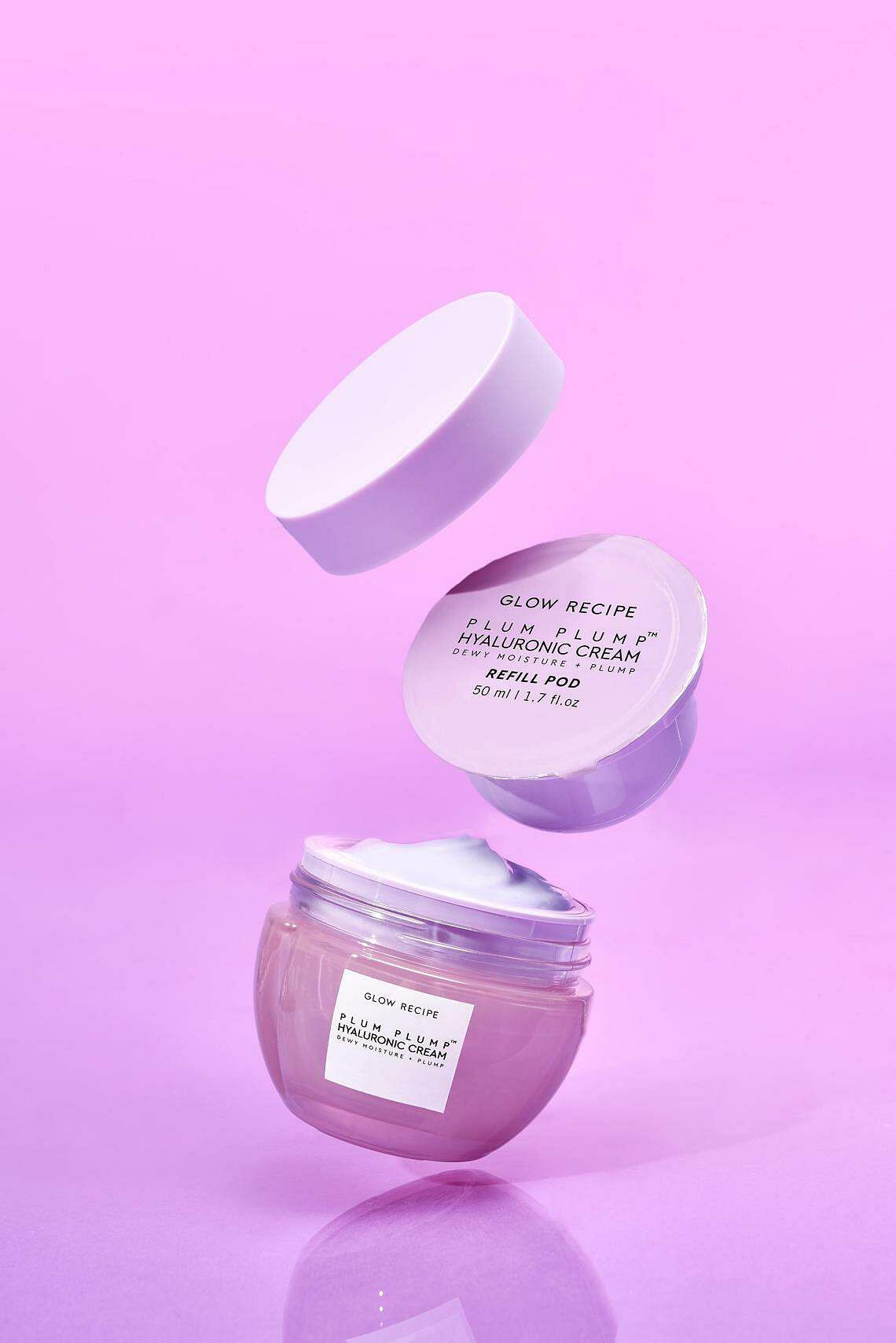
Glow Recipe launched its first refillable product, the Plum Plump Hyaluronic Cream ($62), ahead of the curve in December 2021.
The glass jar’s refill pods ($53) make up more than 30 per cent of global sales – a growing number that indicates “more customers are adopting refillables as part of their skincare routine”, says co-founder Sarah Lee.
She adds that it was an intentional choice to launch refill pods with a moisturiser “as it’s an essential step in daily and nightly routines, and therefore has the highest replenishment rate”.
“Refills allow our community to reduce waste while purchasing their favourite moisturiser at a lower price.”
More brands will continue to hop on the bandwagon in 2024, but it remains to be seen if consumers will actually vote with their money.
A study released in June by indie skincare brand Bareluxe surveying mostly females based in the United States found that although 79.3 per cent of consumers view sustainability as important when making purchasing decisions, only 23.4 per cent use refillable skincare products.
They cited reasons such as difficulty finding available options, non-availability from preferred brands, and scepticism about the sustainability of refills.
Other challenges in plugging the gap between interest and action include the fact that a refillable product requires an investment of time and a greater initial financial investment, as well as often unappealing aesthetics. It also inhibits experimentation for those who like trying new brands.
Then, there is the risk of greenwashing.
Ms Hildra Gwee, founder of home-grown clean skincare brand Oasis Beauty Kitchen, notes that there will “definitely be companies looking to jump on this bandwagon to appear sustainable when the reality of their actions aren’t truly meaningful”.
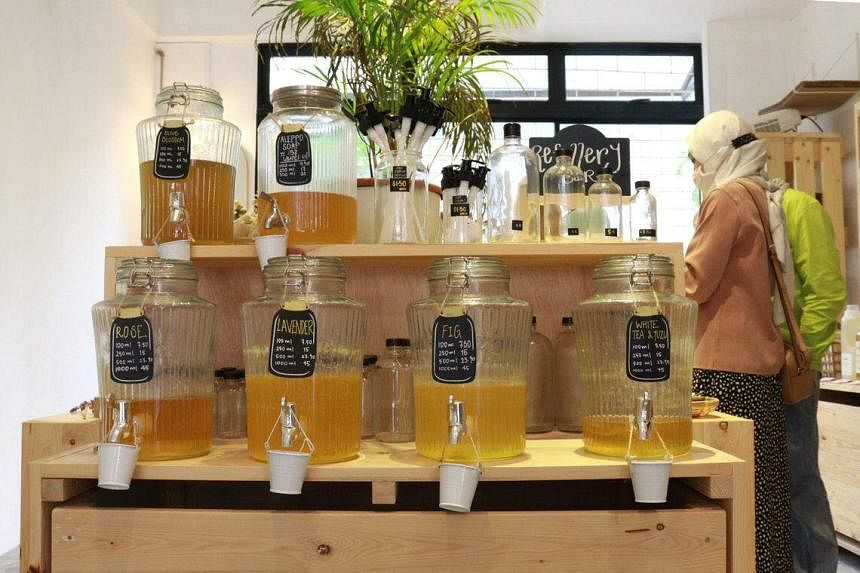
For example, companies who claim sustainability, but offer refill pouches made of virgin plastic with hard plastic proof seals that cannot be recycled, she says.
“It can lead to more problems, with well-meaning consumers dropping these pouches off in recycling bins and potentially contaminating soft plastic that could have otherwise been recycled.”
There are misconceptions about plastic in general, she adds.
“It’s not evil. We shouldn’t dismiss a material solely based on its reputation without acknowledging its beneficial qualities, especially for long-term usage. Plastic isn’t inherently harmful. The real issue arises when it’s not recycled or reused.”
The 39-year-old is regarded as a pioneer in the local clean beauty space, with all her products – from facial oils to powder washes – made refillable since she launched the brand in 2018. Customers can get their bottles and jars refilled at a discounted price at her two stores in Joo Chiat and at Cluny Court.
She has noticed an uptick in brands offering refillable packaging for make-up and skincare in the last three years, when “traditionally, it was most common in liquid personal care products such as soaps and shampoos”.
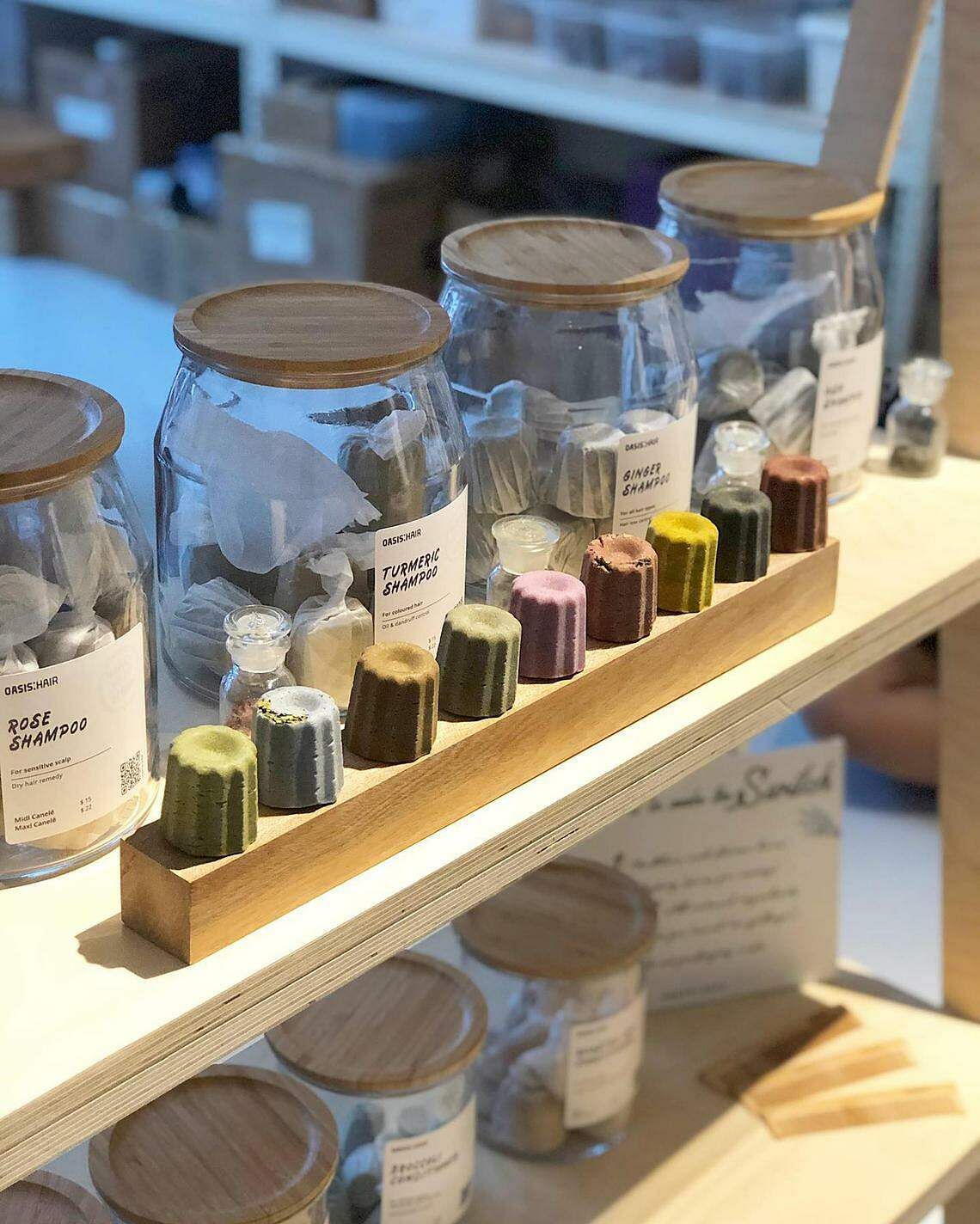
While there is “plenty of greenwashing in the ‘sustainable packaging’ realm”, the increasing awareness is undoubtedly a positive trend, she notes.
“As consumers become more knowledgeable, it uplifts the entire ecosystem, prompting businesses to reconsider their operational methods. Today’s consumers have greater access to information and are more empowered to support the businesses that align with their own values.”
Lately, she has been looking into other sustainable packaging options for Oasis Beauty Kitchen, such as refillable inner tubes for bottles or jar inserts for greater convenience.
“We’re lucky to have a dedicated community willing to travel to our stores for refills, but we understand this isn’t feasible for everyone. By making refilling more accessible, we can significantly increase its adoption,” says Ms Gwee.
“True sustainability is about creating lasting habits.”
